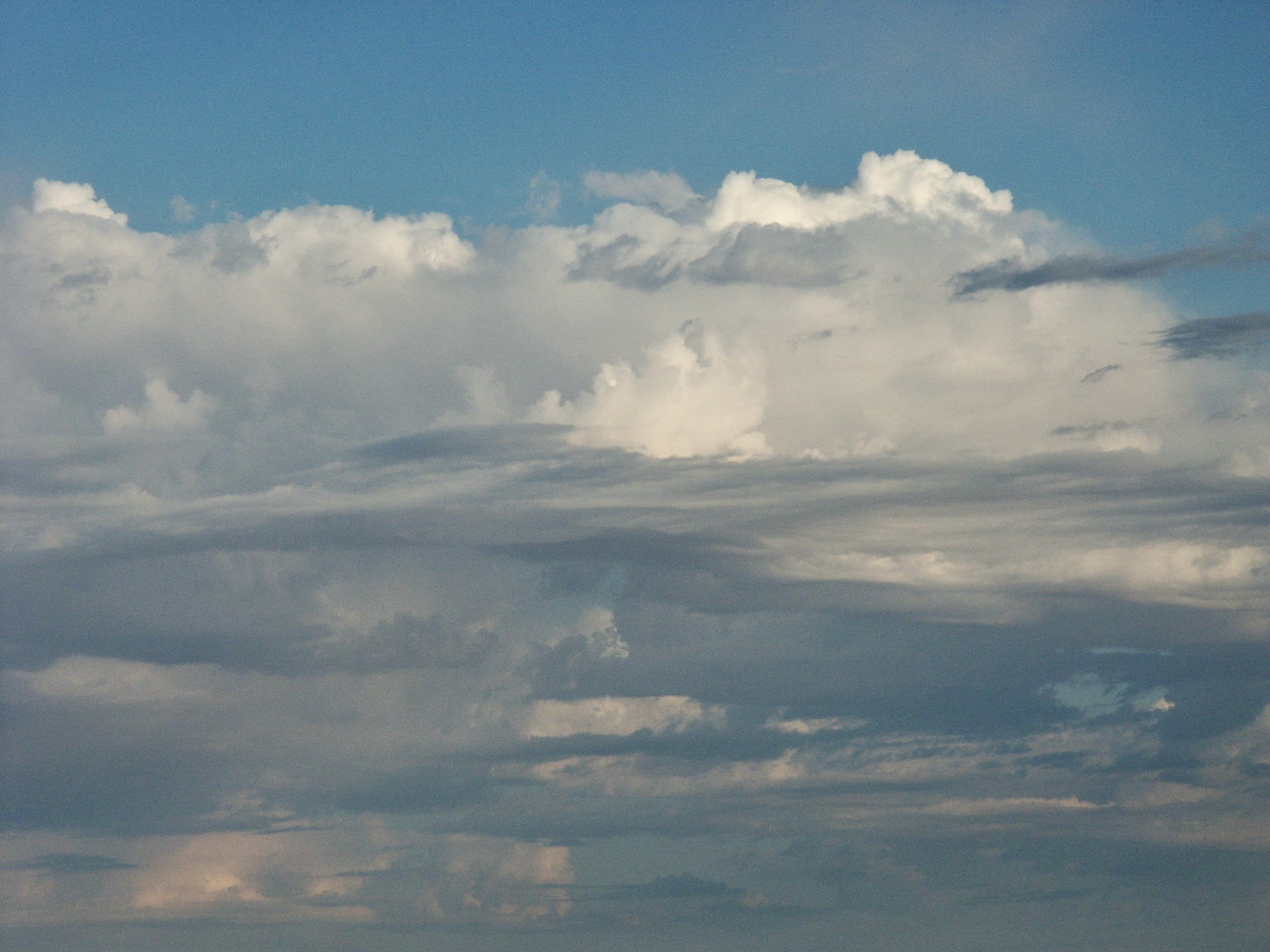
🔝
🔝
1. Residential & Commercial Development
1.1 Housing & Urban Areas
suburbs, villages, vacation homes, shopping areas, offices, schools, hospitals
1.2 Commercial & Industrial Areas
manufacturing plants
shopping centers
office parks, military bases, power plants, train & ship yards, airports
1.3 Tourism & Recreation Areas
ski areas, golf courses, beach resorts, cricket fields, county parks, campgrounds
2. Agriculture & Aquaculture
2.1 Annual & Perennial Non-Timber Crops
farms, household swidden plots, plantations, orchards, vineyards, mixed agroforestry systems
2.2 Wood & Pulp Plantations
teak or eucalyptus plantations, silviculture, christmas tree farms
2.3 Livestock Farming & Ranching
cattle feed lots, dairy farms, cattle ranching, chicken farms, goat, camel, or yak herding
2.4 Marine & Freshwater Aquaculture
shrimp or fin fish aquaculture, fish ponds on farms, hatchery salmon, seeded shellfish beds, artificial algal beds
3. Energy Production & Mining
oil wells, deep sea natural gas drilling
3.2 Mining & Quarrying
coal mines, alluvial gold panning, gold mines, rock quarries, coral mining, deep sea nodules, guano harvesting
3.3 Renewable Energy
geothermal power production, solar farms, wind farms (including birds or bats flying into windmills), tidal farms
4. Transportation & Service Corridors
4.1 Roads & Railroads
highways, secondary roads, logging roads, bridges & causeways, road kill, fencing associated with roads, railroads
4.2 Utility & Service Lines
electrical & phone wires, aqueducts, oil & gas pipelines, electrocution of wildlife
4.3 Shipping Lanes
dredging, canals, shipping lanes, ships running into whales, wakes from cargo ships
4.4 Flight Paths
flight paths, jets impacting birds
5. Biological Resource Use
5.1 Hunting & Collecting Terrestrial Animals
bushmeat hunting
trophy hunting, fur trapping, insect collecting, honey or bird nest hunting, predator control, pest control, persecution
5.2 Gathering Terrestrial Plants
wild mushrooms, forage for stall fed animals, orchids, rattan, control of host plants to combat timber diseases
clear cutting of hardwoods
selective commercial logging of ironwood, pulp operations, fuel wood collection, charcoal production
5.4 Fishing & Harvesting Aquatic Resources
trawling
blast fishing, spear fishing
hellfish harvesting, whaling, seal hunting, turtle egg collection, live coral collection, seaweed collection
6. Human Intrusions & Disturbance
6.1 Recreational Activities
off-road vehicles
motorboats, jet-skis, snowmobiles, ultralight planes, dive boats, whale watching, mountain bikes, hikers, birdwatchers,
skiers, pets in recreational areas, temporary campsites, caving, rock-climbing
6.2 War, Civil Unrest & Military Exercises
armed conflict, mine fields, tanks & other military vehicles, training exercises & ranges, defoliation, munitions testing
6.3 Work & Other Activities
law enforcement, drug smugglers, illegal immigrants, species research, vandalism
7. Natural System Modifications
7.1 Fire & Fire Suppression
fire suppression to protect homes
inappropriate fire management, escaped agricultural fires, arson, campfires, fires for hunting
7.2 Dams & Water Management / Use
dam construction
dam operations, sediment control, change in salt regime, wetland filling for mosquito control, levees and dikes, surface
water diversion, groundwater pumping, channelization, artificial lakes
7.3 Other Ecosystem Modifications
land reclamation projects
rip-rap along shoreline, mowing grass, tree thinning in parks, beach construction, removal of snags from streams
7.4 Removing / Reducing Human Maintenance
lack of mowing of meadows
reduction in controlled burns
lack of indigenous management of key ecosystems, ceasing supplimental feeding of condors
8. Invasive & Problematic Species, Pathogens & Genes
8.1 Invasive Non-Native / Alien Plants & Animals
feral horses, feral household pets, zebra mussels, Miconia tree, introduction of species for biocontrol
8.2 Problematic Native Plants & Animals
overabundant native deer, overabundant algae due to loss of native grazing fish, plague affecting rodents, invasive grasses
8.3 Introduced Genetic Material
pesticide resistant crops
hatchery salmon, restoration projects using non-local seed stock, genetically modified insects for biocontrol,
genetically modified trees, genetically modified salmon
8.4 Pathogens & Microbes
plague affecting rodents, Dutch elm disease or chestnut blight, Chytrid fungus affecting amphibians outside of Africa
9. Pollution
9.1 Household Sewage & Urban Waste Water
discharge from municipal waste treatment plants
leaking septic systems, untreated sewage, outhouses, oil or sediment from roads, fertilizers
and pesticides from lawns and golf-courses, road salt
9.2 Industrial & Military Effluents
toxic chemicals from factories,
illegal dumping of chemicals, mine tailings, arsenic from gold mining, leakage from fuel tanks, PCBs in river
sediments
9.3 Agricultural & Forestry Effluents
nutrient loading from fertilizer run-off, herbicide run-off, manure from feedlots, nutrients from aquaculture, soil erosion
municipal waste
litter from cars, flotsam & jetsam from recreational boats, waste that entangles wildlife, construction debris
acid rain, smog from vehicle emissions
excess nitrogen deposition, radioactive fallout, wind dispersion of pollutants or sediments from farm fields, smoke
from forest fires or wood stoves
9.6 Excess Energy
noise from highways or airplanes
sonar from submarines that disturbs whales, heated water from power plants, lamps attracting insects, beach lights
disorienting turtles, atmospheric radiation from ozone holes
10. Geological Events
10.1 Volcanoes
eruptions, emissions of volcanic gasses
10.2 Earthquakes / Tsunamis
earthquakes, tsunamis
10.3 Avalanches / Landslides
avalanches, landslides, mudslides
11. Climate Change
11.1 Ecosystem Encroachment
sea level rise (inundation of shoreline ecosystems, drowning of coral reefs), desertification (sand dune encroachment)
11.2 Changes in Geochemical Regimes
ocean acidification
changes in atmospheric CO2 affecting plant growth, loss of sediment leading to broad-scale subsidence
11.3 Changes in Temperature Regimes
heat waves, cold spells, oceanic temperature changes, melting of glaciers/sea ice
11.4 Changes in Precipitation & Hydrological Regimes
droughts, changes in timing of rains, loss of snowcover, increased severity of floods
11.5 Severe / Extreme Weather Events
thunderstorms
tropical storms
hurricanes, cyclones, tornadoes, hailstorms, ice storms or blizzards, dust storms, erosion of beaches during storms
Threats to biodiversity
The Contents of this page largely consist of the IUCN‘s Threat Classification Scheme
(TCS-v3.3) with some minor modifications.
· The TCS stemmed from efforts by Conservation Standard (formerly the
Conservation Measures Partnership on Direct Threat Classification).
· Of numerous attempts to classify the myriad threats to biodiversity (some
of them informal, e.g., HIPPO), the TCS is probably the most systematic.
Subpages:
· Wildlife poaching, trafficking & trade
· Artificial light at night (ALAN)
Also see Environmental threats page

